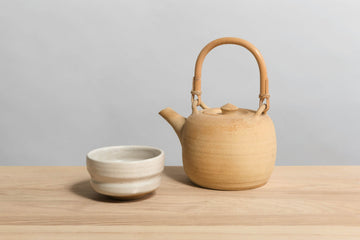In the world of global design, where trends flicker and fade with alarming speed, Belgium remains a calm, confident constant. It doesn't shout. It doesn't need to. Belgian design speaks in hushed tones and deliberate gestures, drawing you in with its restraint, honesty, and deeply human approach.
Look to the work of Axel Vervoordt, whose serene, wabi-sabi-infused interiors have become shorthand for soulful minimalism. His spaces don’t just please the eye—they ground the spirit. There’s a philosophical undercurrent to his work that mirrors Belgium’s broader design ethos: artful austerity, reverence for materiality, and a kind of lived-in stillness that feels eternal.
Then there’s Nicolas Schuybroek, a modern master of precision and poise. His architecture distills structure to its essence—warm stone, muted palettes, and impeccable proportions—while never sacrificing intimacy. Vincent Van Duysen, perhaps the most internationally revered of the Belgian tastemakers, brings a similar devotion to form and function. His collaborations with brands like Molteni & C or even Zara Home demonstrate how Belgian sensibilities translate effortlessly into the global luxury landscape: minimalism with soul.
Emerging voices like Andy Kerstens are ensuring this lineage continues, weaving together clean geometry, tactile richness, and a reverence for natural light. His projects feel both rooted and progressive—a signature trait of contemporary Belgian design.
Of course, this isn’t a new story. Belgium’s design authority is built on deep foundations. Jules Wabbes elevated mid-century modernism with refined materials and sculptural rigor, while Juliaan Lampens, Leon Stynen, and Paul De Meyer introduced Brutalism with a poetic touch—raw, monumental, and deeply architectural. Even in ceramics, Pierre Culot brought quiet artistry to the everyday, proving that craftsmanship and minimalism can live beautifully side by side.
This is the Belgian difference: a reverence for quiet, for detail, for enduring quality. Belgian designers don't chase attention—they create spaces and objects that invite you to slow down, to feel, to notice.
As the world moves faster and louder, perhaps this is why Belgian design feels more relevant than ever. It offers an antidote—a way to live better by living more simply, more honestly.

